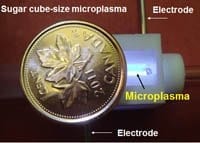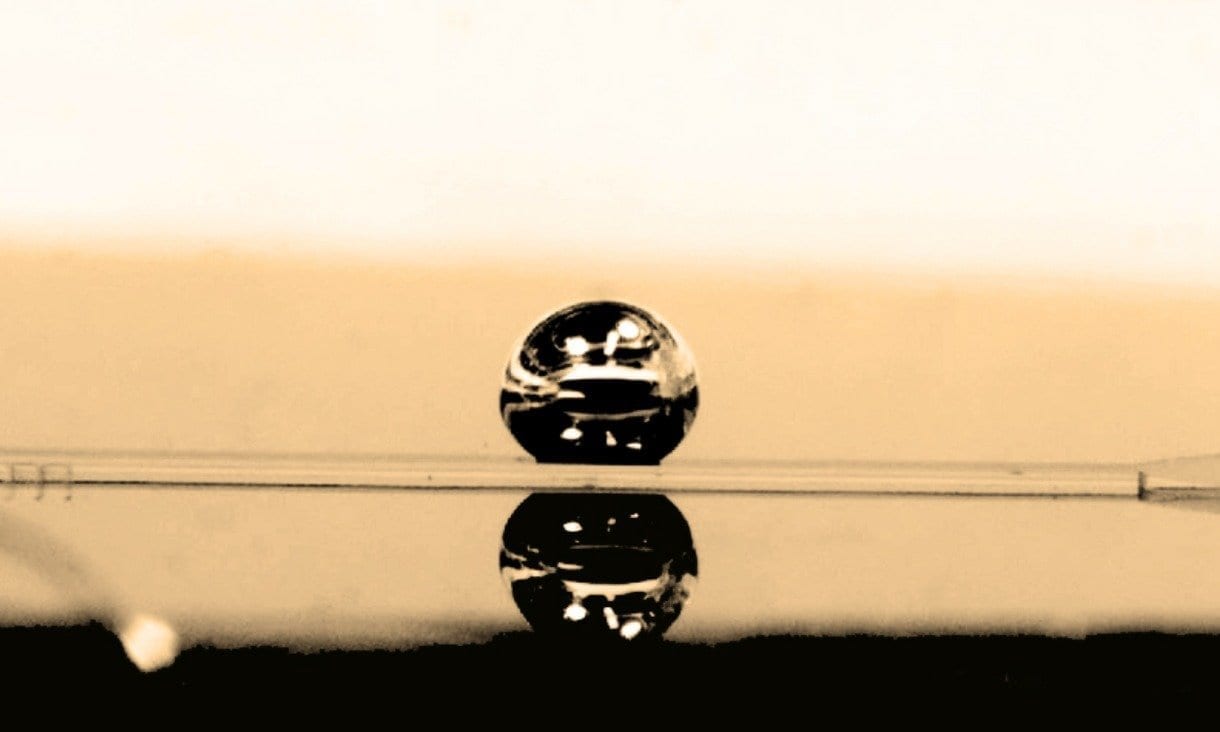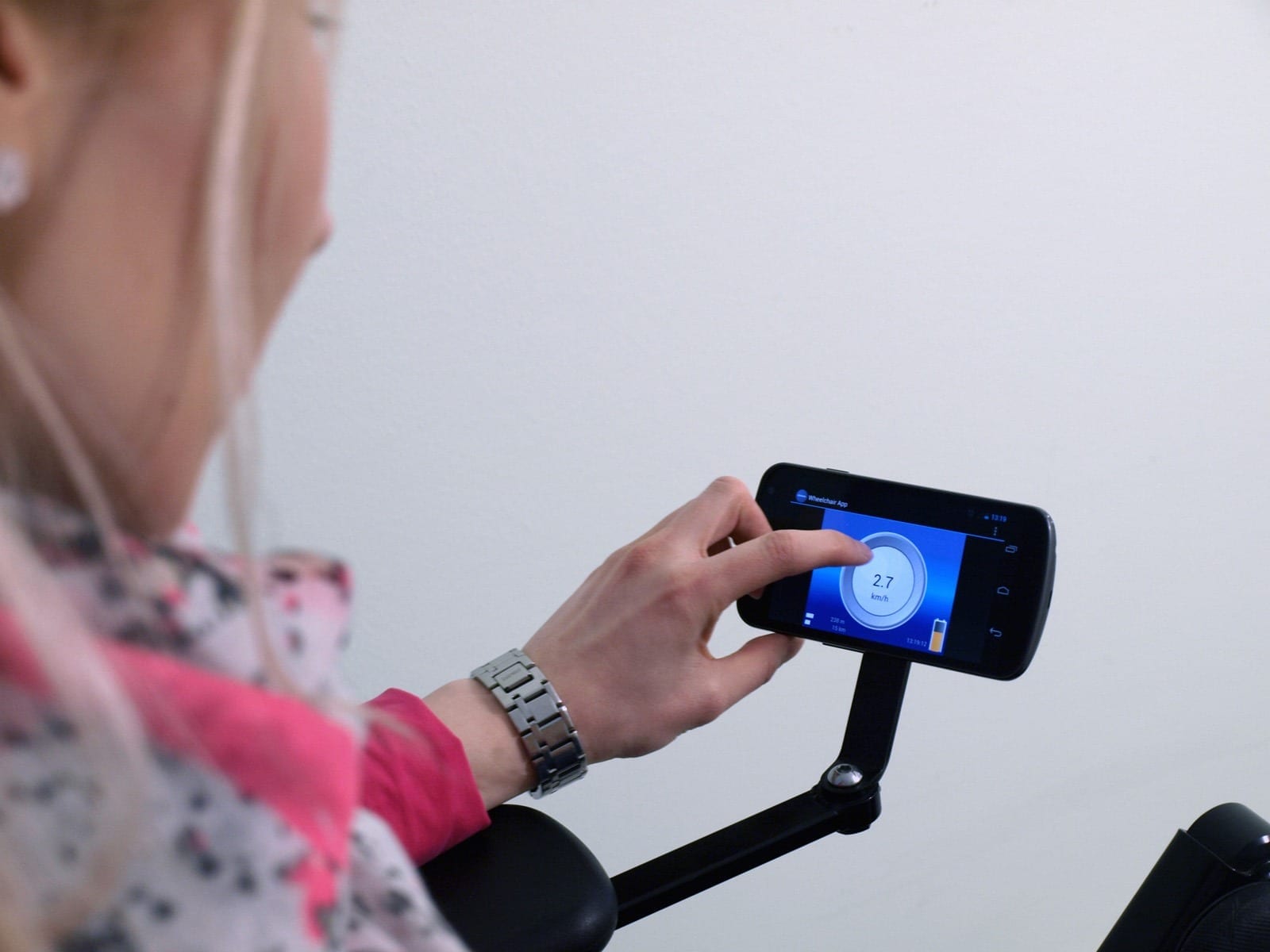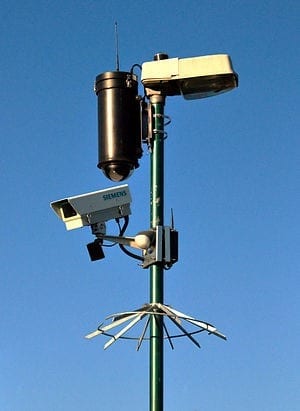
Out in the wilds or anywhere off the grid, sophisticated instruments small enough to fit in a shirt pocket will one day scavenge power from sunlight, body heat, or other sources to monitor water quality or bridge safety, enabling analysis in the field rather than bringing samples and data back to the lab.
Researchers at the University of Waterloo in Ontario are using optics and photonics in their quest to “bring the lab to the sample,” said lead researcher Vassili Karanassios of the Department of Chemistry and of the university’s Institute for Nanotechnology (WIN) A major aspect of his team’s solution, reported in a conference and publication by SPIE, the international society for optics and photonics, is scavenging energy from various sources to power instruments at the sample site.
While energy harvesting utilizes sources such as wind power, energy scavenging involves re-using discarded energy, such as the electric light that runs a calculator, Karanassios said.
The team is incorporating wake-up systems in the devices to support energy autonomy, the ability to be powered as needed without an external source, without losing selectivity, the ability to gather and accurately analyze relevant data.
An important feature of his lab’s approach is the integration of several features of full-scale laboratory instruments.
“People have experimented with sensors and with lab-on-a-chip devices for a long time,” Karanassios said. “But taking an entire instrument to the field in a hand-held device is new. Not many research groups have the expertise to integrate it all, to go from the sensor level to the micro-instrument level.”
The team is also working to reduce the power required for miniature instruments that perform optical emission spectrometry — using light to generate the spectral patterns that are intrinsically unique to materials — with very small samples. The resulting spectral “signature” is used to identify what is in the sample, for example, in on-site monitoring of water quality.
Among power source optics, sunlight is one obvious answer, Karanassios said, but limited by clouds and brief daylight in some regions. Additional possible sources and applications for energy scavenging are:
- Plugging in to human body heat, unobtrusively scavenging energy in the form of otherwise-wasted heat generated by a person while walking, to power instruments for testing water quality or wearable biomedical monitors.
- Harnessing animal body heat, to recharge implanted tracking devices. “When tagging and tracking animals in the wild, you do not want to have to catch the same animal one more time just to replace the battery that powers its sensors,” Karanassios noted.
- Charging up a bridge sensor using mechanical energy generated in a spring-loaded device in the road, activated by vehicles crossing the bridge.
Because smaller sensors and instruments require less power, Karanassios’ lab is working toward “shirt-pocket size” micro-instruments that eventually will deliver performance comparable to full-size lab versions.
They have experimented with a device the size of sugar cube that can be used along with a portable spectrometer for rapid screening of environmental contaminants, using spectral lines generated by wavelengths in the visible light and ultraviolet regions.
The Latest Bing News on:
Autonomous energy-scavenging micro devices
- Underwater robot pioneers new energy-efficient buoyancy controlon April 25, 2024 at 11:17 am
A remotely operated underwater robot built by a team of Rice University engineering students pioneers a new way to control buoyancy via water-splitting fuel cells. The device, designed and constructed ...
- New Device Enables Flexible Energy Storage for Deformable Electronicson April 24, 2024 at 5:00 pm
Energy storage technologies that can match the suppleness and stretchability of soft electronic devices are desperately required in light of the emergence of wearable technology. Micro supercapacitors ...
- Rubber-like stretchable energy storage device fabricated with laser precisionon April 24, 2024 at 1:21 pm
Researchers have achieved a significant breakthrough in developing a small-scale energy storage device capable of stretching, twisting, folding, and wrinkling. Their study is published in the journal ...
The Latest Google Headlines on:
Autonomous energy-scavenging micro devices
[google_news title=”” keyword=”Autonomous energy-scavenging micro devices” num_posts=”10″ blurb_length=”0″ show_thumb=”left”]
The Latest Bing News on:
Energy autonomy
- Elon Musk Called Tesla an Artificial Intelligence (AI) Robotics Company. Does That Make It a Buy?on April 27, 2024 at 7:05 am
On Tesla's first-quarter earnings call, Musk told investors that Tesla should be viewed as an artificial intelligence (AI) or robotics company and that trying to value it as an auto company is the ...
- It’s definitely the end of all EVs: 28,000 years of autonomy with this diamond batteryon April 27, 2024 at 6:31 am
The first diamond battery ever created has set the end of the EVs and the FCEVs: it lasts 28,000 years and will revolutionize the industry ...
- Maharatna vs Navratna vs Miniratna: How CPSEs are granted these statuses? Decoding criteria, benefitson April 26, 2024 at 11:40 pm
While Maharatna status grants the highest level of autonomy and financial freedom, Navratna and Miniratna statuses provide varying degrees of autonomy and benefits based on performance criteria and ...
- The Low-Carbon Contradiction: Energy Transition, Geopolitics, and the Infrastructural State in Cuba (Review)on April 26, 2024 at 11:46 am
Gustav Cederlöf’s book poses challenging questions about energy transition and energy justice from an often-overlooked Caribbean and socialist vantage point.
- Macron at Sorbonne: Energy key to French president’s ‘new European paradigm’on April 25, 2024 at 5:55 am
French President Emmanuel Macron set out his vision for the future of Europe, placing energy, including nuclear, at the core of his approach, in a speech at Sorbonne University on Thursday (April 25).
- Musk: Tesla Will Solve Autonomyon April 24, 2024 at 9:23 am
Since January, there’s no denying Tesla Inc has been on a rollercoaster, and its Q1 earnings report on Tuesday reflected it. In Q1, Tesla produced 433,371 vehicles and delivered 386,810 of them, ...
- Tesla says energy storage is growing faster than its EVson April 24, 2024 at 4:09 am
CEO Elon Musk dismissed worries over his company's falling car sales, saying Tesla will launch new electric vehicle models in 2025.
- Denmark Pledges Nearly Half a Billion Dollars to Aid Ukraine’s Rebuilding and Energy Sectorson April 23, 2024 at 11:52 am
Stand with Ukraine by supporting unbiased journalism. Become part of the movement. Join as a member Offer one-time support In a display of ongoing support, Denmark is set to contribute approximately ...
- Energy's New Wave: Meet 4 Women Powering America's Clean Energy Transitionon April 19, 2024 at 4:47 pm
They're all under 30, and they've got a clear vision and the right skills to guide the US as it embraces the clean energy revolution.
- Switzerland Needs Energy, But What Kind?on April 19, 2024 at 7:18 am
With the Electricity Law, the Swiss government and parliament aim to promote domestically produced renewable energies. The goal is to secure supply ...
The Latest Google Headlines on:
Energy autonomy
[google_news title=”” keyword=”energy autonomy” num_posts=”10″ blurb_length=”0″ show_thumb=”left”]











